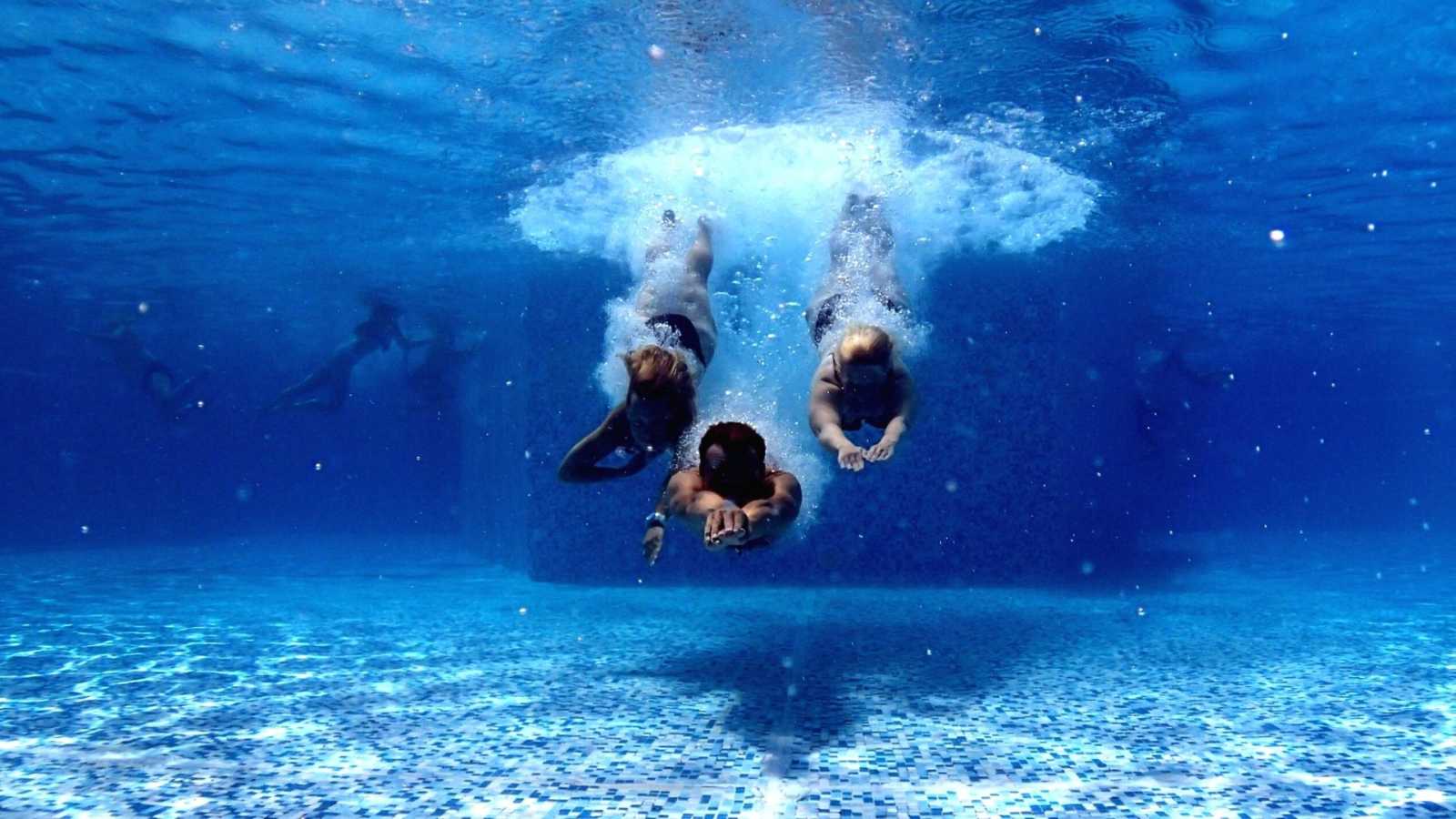It’s important to remember that while learning to swim is hugely helpful in reducing the probability of drowning, it is not preventative, even for the strongest swimmers. These guidelines are important for any level of swimmer.
1. Learn To Swim
It’s proven that taking formal swimming lessons can reduce the risk of drowning by 88% among kids aged 1-4 (Source: Pediatrics & Adolescent Medicine 2009). As drowning continues to be a global health issue, swimming lessons are a live-saving opportunity.
2. Know Your Limits
Even experienced swimmers and aquatic athletes are at risk of drowning. Shallow water blackout or “hypoxic blackout” is a silent killer for those who overestimate their lung capacity.
3. Swim In Lifeguarded Areas
USLA has calculated the chance that a person will drown while attending a beach protected by USLA affiliated lifeguards is 1 in 18 million (0.0000055%). Swimming in unprotected waters severely worsens those odds.
4. Wear A Life Jacket
90% of drowning victims from boating accidents were not wearing life vests. Be sure you’re wearing safety gear, especially if you’re not confident in your swimming skills.
5. Avoid Frozen Bodies Of Water
No matter your swimming proficiency, within five minutes, cold water begins to limit your mobility, which can impair your ability to get out of the water.
6. Don’t Swim In Bad Weather
Inclimate weather is a known contributor to drownings.
7. Reach Or Throw, Don’t Go
Unless you are trained to make a save, even the strongest of swimmers can drown trying to help others.
8. Follow Posted Safety Signs
Recognizing and following safety signs can alert you of dangerous water, erosion, and beach conditions. Get familiar with specific water safety signs to avoid drowning risks.
9. Feet First
Never dive in shallow or unknown waters. Neck or spinal injuries can be paralyzing or even fatal.
10. Buddy Up
Never swim alone! You need someone to be prepared to make a save or to seek help.
You can join us by treading water to raise funds here!
This story was submitted to Love What Matters by the International Water Safety Foundation. You can follow them on Instagram. Submit your own story here, and be sure to subscribe to our free email newsletter for our best stories, and YouTube for our best videos.
Read more stories like this:
Do you know someone who could benefit from this story? Please SHARE this story on Facebook.


